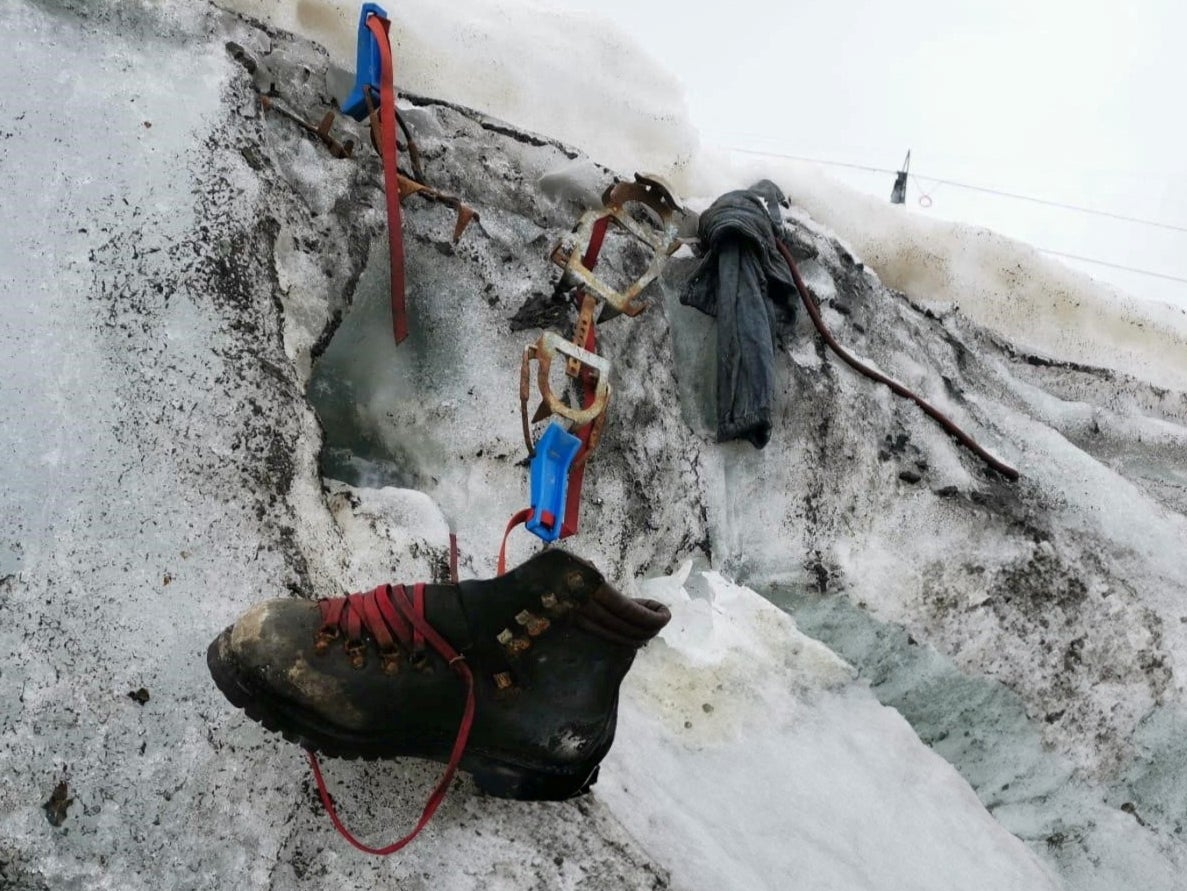Meta description (SEO): A small Czech-Slovak team vanished on Everest’s South Side in spring 1997. Two years later, bodies surfaced—hinting at murder above 20,000 ft. We examine the timeline, evidence, and the psychology of high-altitude decision-making.
Editor’s note: The account below stitches together expedition logs, oral retellings, and long-circulated mountain lore. Specific details are disputed; treat this as a reconstruction for analysis and discussion—not a definitive legal record.
The Vanishing: Spring 1997
By early May 1997, five friends from the Czech Republic and Slovakia—and a local Sherpa guide—were moving between Base Camp (17,600 ft) and Camp II (~21,000 ft) on Everest’s South Route. They were independent, not part of a large commercial caravan. The last radio check-in reported good weather and a routine push toward Camp II. Then, silence.
Rescue attempts collided with a classic Himalayan double bind: a storm slammed the Khumbu, helicopters were ineffective at altitude, and avalanche hazard soared. After several days of zero visibility and lethal winds, searches paused. Officials listed the team as presumed dead—likely weather or icefall casualties. Families never stopped asking questions; the mountain kept its answers.
The Discovery: Mid-May 1999

Two seasons later, a Swiss team reaching the Camp II plateau spotted clustered gear protruding from wind-compressed snow—odd because debris at high camps is usually dispersed. Digging revealed packs, IDs, and then something worse: a woman’s body hidden beneath a wind lip, head trauma inconsistent with avalanche debris. Following faint drag marks led to a shallow snow pit containing a zipped expedition bag. Inside were three men, each bearing signs of targeted violence: ligature marks, a sharp-edge neck wound, and a single precision blow matching an ice-axe pick.
If accurate, the scene suggested concealment, not chaos; methodical killing, not random collapse. In an environment where every breath is rationed, someone had expended energy to move bodies and mask a crime.
Why Altitude Forensics Are So Murky
High-altitude crime scenes are nightmares for investigators. UV radiation, katabatic winds, freeze-thaw cycles, and creeping glacial flows distort evidence. Recovery is hazardous and expensive; chain-of-custody can be impossible. Tools are dual-use: ropes, knives, axes—all essential survival gear—can double as weapons. With no lab access, authorities must rely on climber testimony, camp photos, and whatever can be documented before fresh storms erase the page.
The Suspects—and the Psychology
Two team members were unaccounted for: a quiet engineer and the Sherpa guide. Motives speculated in armchairs ranged from money disputes to the corrosive triangle of obsession, jealousy, and hypoxia. Modern high-altitude psychology emphasizes how isolation, sleep debt, and low oxygen magnify latent traits. The “summit fever” cliché is reductive; what frays first is executive control—your braking system. Under extreme stress, long-suppressed fixations can surge, and group hierarchies can invert in hours.
A Lead From the Plateau of Tibet
Months after the 1999 find, a European trek guide reported a withdrawn traveler using an alias across the Tibetan plateau, bearing a distinctive facial scar reminiscent of a man from the missing group’s Kathmandu photo. Detention followed. What came next—if one credits subsequent confessional narratives—was not a cinematic monologue, but a low, affect-flat account: an old, unrequited love; an announcement of pregnancy in a storm-pinned Camp II; a night of sleepless rumination; then two precise acts of violence and a panicked sequence to eliminate witnesses. The Sherpa, roused by the commotion, struggled and fell into darkness. At dawn, the survivor traversed toward Tibet, a ghost sliding off the world’s roof.
Again: elements of this confession are debated in mountain circles, complicated by translation, jurisdiction, and the near-impossibility of reproducing a standard evidentiary process from 21,000 ft to a courtroom. The story persists because it “fits” the scene that climbers described—and because it weaponizes a universal fear: that the real hazard may clip into your rope.
What the Evidence (Might) Tell Us

Spatial logic: Separated concealment sites (a corniced recess and a shallow pit) point to intention, not an avalanche’s random scatter.
Wound patterns: Single-strike cranial trauma and sharp-edge cuts differ from blunt icefall injuries, which typically produce polytrauma.
Energy economics: Drag tracks and clustered gear imply post-event activity. In the death zone, every calorie is priced—movement implies motive.
None of this is “proof” in a forensic sense; it’s a probability stack assembled from thin air and thin documentation.
Why This Story Endures
It subverts the avalanche alibi.
-
- Most Everest fatalities slot into nature’s ledger. This one forces a human audit.
It punctures romanticism.
-
- The independent, tight-knit team—no clients, no fixed lines of command—reads like a purity tale. The ending is anything but.
It mirrors modern risk.
- Whether on a wall, a ship, or a startup, stress + isolation + scarce oxygen (literal or metaphorical) exposes fault lines people carry with them.
Lessons for Climbers—and the Rest of Us
Psychological screening matters. Technical competence isn’t enough. Expedition leaders now increasingly weigh interpersonal history, attachment dynamics, and stress behavior—not just VO₂ max.
Redundancy in comms is not a luxury. Separate devices, scheduled call windows, and written escalation trees reduce ambiguity when silence falls.
Buddy systems need fail-safes. Night checks, cross-tent pairings, and clear intervention protocols can deter the very small set of scenarios we’d rather not imagine.
Join the Debate
Do you view the 1999 discovery as persuasive evidence of homicide, or as a story over-fitted to ambiguous =”? Should high-camp recoveries be mandated when feasible, or does that create more risk than resolution? And what responsibility do storytellers have when reconstructing tragedies that can’t be fully verified?

